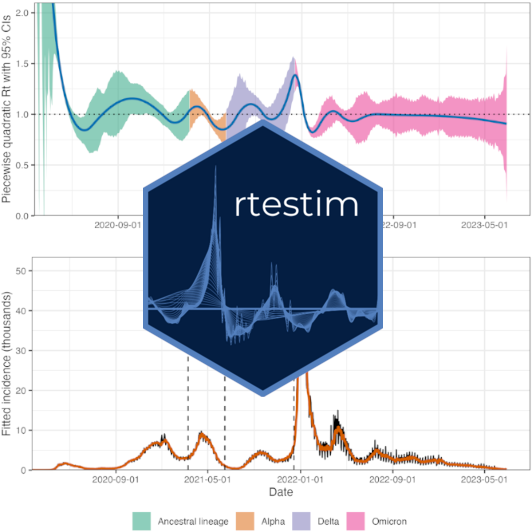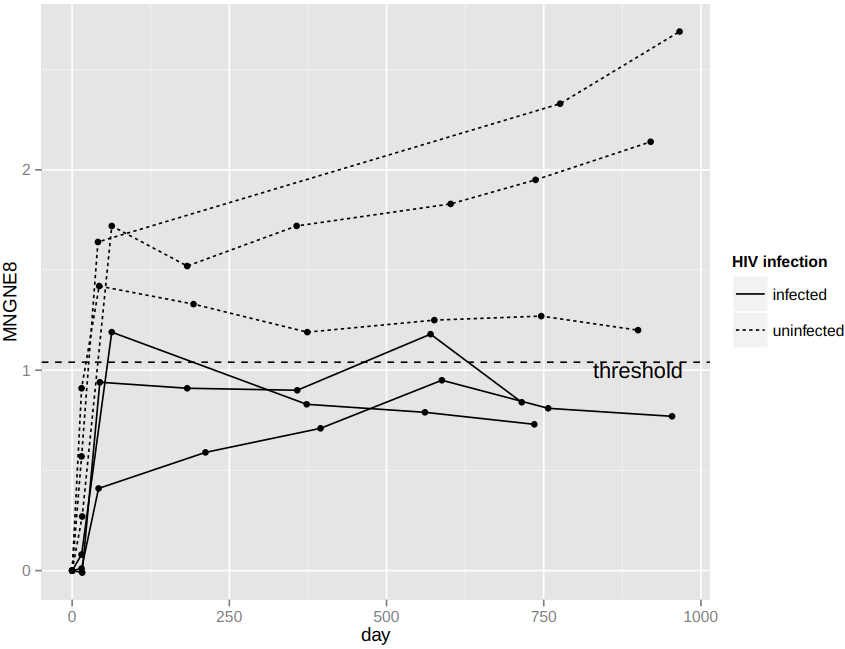Many faculty members work on applying statistical methods to biomedical problems, ranging from analysing gene expression data to public health issues. Much of this work is done in conjunction with local hospitals (such as St Paul's) and research institutes (such as the BC Cancer Agency and the BC Genome Sciences Center). In the fall of 2009, we introduced the biostatistics option to our MSc program, an option that is joint with the School of Population and Public Health.
Recent Highlights


Understanding the spread of infectious diseases
D. McDonald, P. Gustafson
To understand the transmissibility and spread of infectious diseases, epidemiologists turn to estimates of the instantaneous reproduction number. In recent work funded by the CDC and the NSERC Alliance program, Principal Investigators McDonald and Gustafson have developed new methodology for real-time estimation of the reproduction number that is more broadly applicable and computationally efficient than past work, and released their work in the open-source rtestim package on Github.

Joint Models of Longitudinal Data and Survival Data for Infectious Diseases
L. Wu
Longitudinal studies, where data are collected repeatedly over time on individuals, present numerous challenges for data analysis: correlated repeated measurements, large variations between individuals, missing data, measurement errors, outliers, and association with certain events of interest such as infection of a disease or death. Professor Wu, with collaborators Gilbert, Wang, and Lima, is developing joint mixed effects models for longitudinal and survival data, longitudinal data at different phases of disease progressions, and for longitudinal means and variances.
